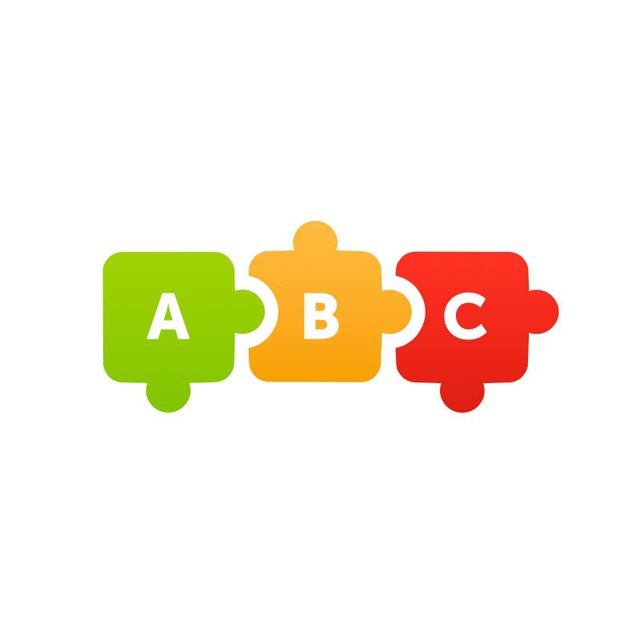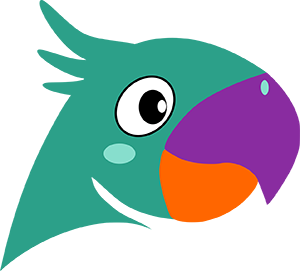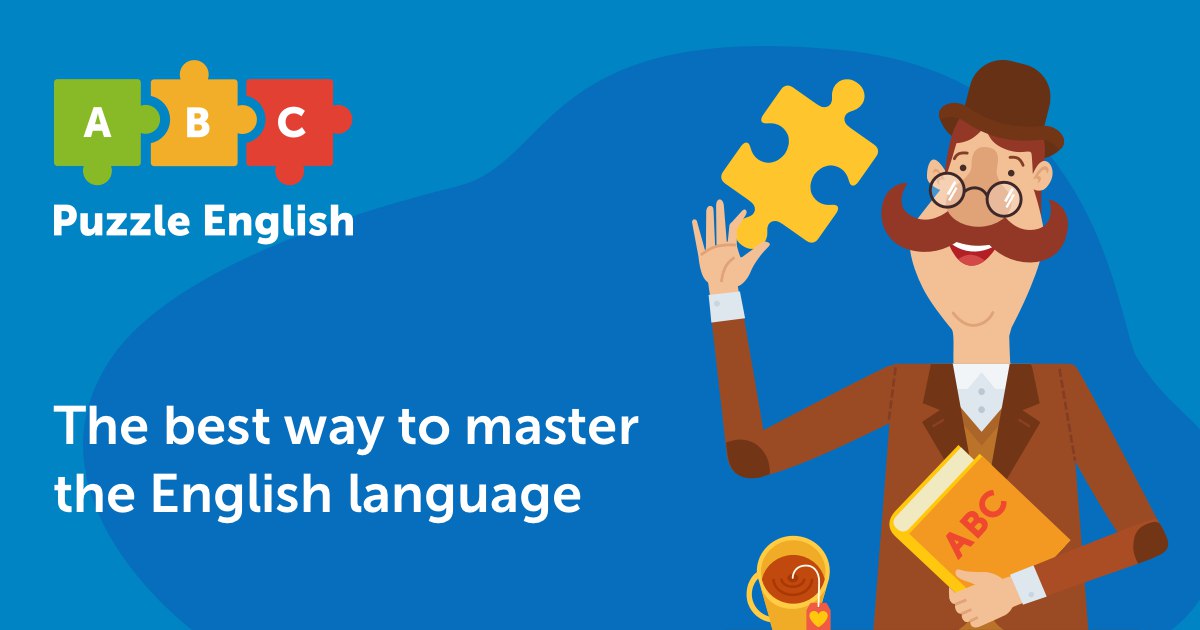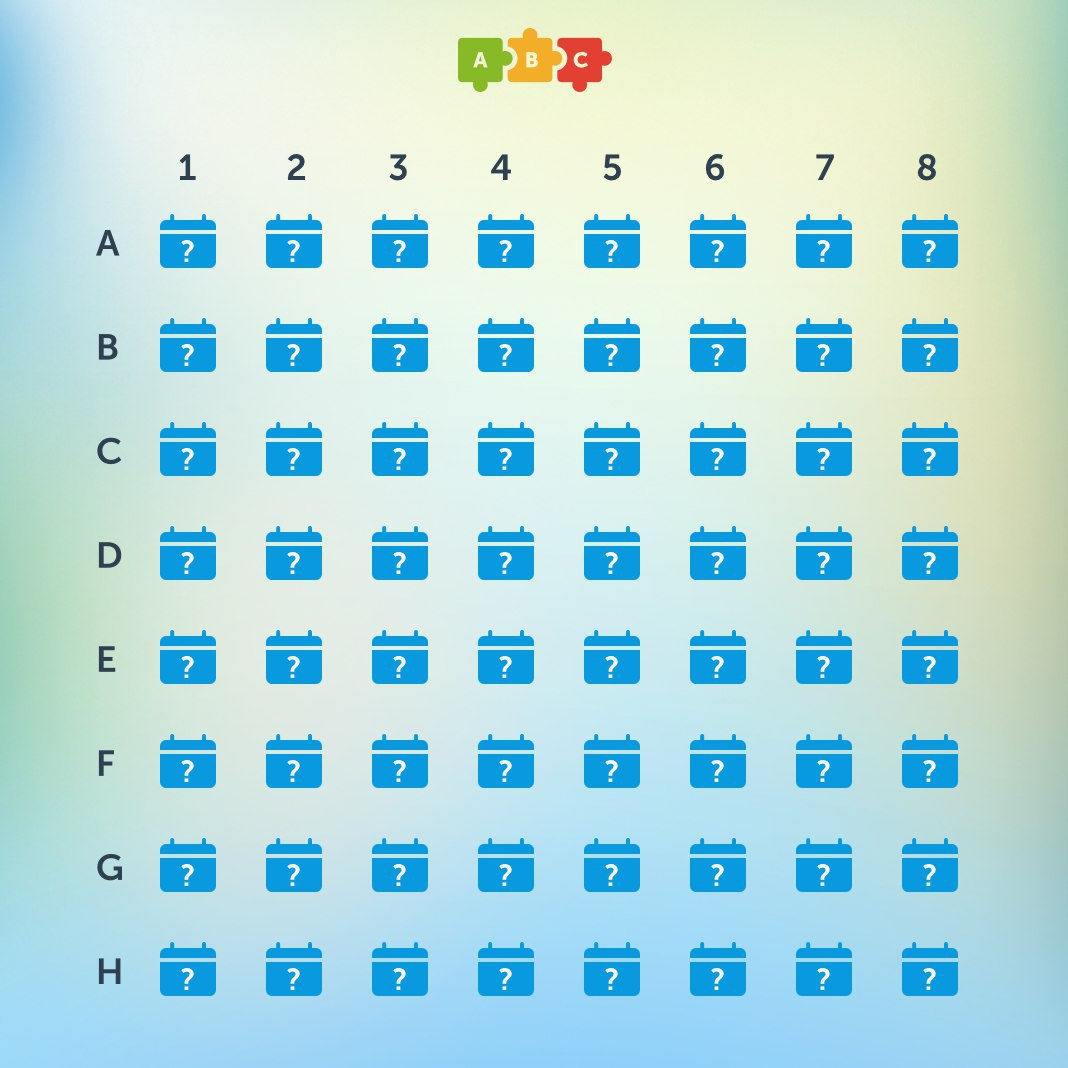
Сегодня будет сложно, но мы в вас верим.
🤓 Conditionals: нулевой и первый тип
⏱ 5 минут
Условные предложения (conditionals) служат для выражения причинно-следственных связей, условий и последствий их выполнения: “если” — “то”.
Они состоят из двух частей: придаточного (обычно вводится союзом if и описывает какое-либо условие) и основного предложения (содержит результат указанного в придаточном условия). Части предложения могут располагаться в этом порядке или наоборот.
Как правило, выделяют четыре типа условных предложений: нулевого типа, первого, второго и третьего. Существуют ещё условные предложения смешанного типа, но о них позже.
▪️ Условные предложения нулевого типа выражают определённые закономерности развития событий, основанные на логике, опыте или здравом смысле, то есть не являются предположениями.
Строятся по схеме:
If + Present Simple, Present Simple (иногда во второй части встречается повелительное наклонение).
— If you don’t brush your teeth, you get cavities.
— Если вы не чистите зубы, у вас появляются дырки.
▪️ Условные предложения первого типа описывают возможное развитие событий в будущем.
Строятся по схеме:
If + Present Simple, Future Simple.
— If you rest, you will feel better.
— Если вы отдохнёте, то будете чувствовать себя лучше.
Проверить, как отложилось: https://goo.gl/c2CBxZ
🔤 Почему мы видим цвета?
⏱ 5 минут
Текст из познавательного ролика о том, как мы видим цвета.
Вот слова, которые возможно вам пригодятся:
to absorb — поглощать
an array — множество
be found in — находиться в
to beam — направлять лучи
to cast — отбрасывать
quadruple — четырехкратный
to reflect — отражать
a retina — сетчатка
ripe — спелый
vast — огромный
a wavelength — длина волны
“There are so many wonderful colors in the world: canary yellow, cadmium green, ultramarine. Ultramarine!
But how exactly do we get to see these amazing colors? Well, all color begins with light. So as the sun beams down overhead, it’s actually casting the entire spectrum of colors over you. When that light hits an object — like an apple — the object absorbs some and reflects the rest.
Whatever wavelengths of light are reflected back are the colors you see. So that ripe apple has a wavelength of about six hundred fifty nanometers, which is science talk for the color red. That amazing kaleidoscope of colors gets seen by your eye through three different types of color receptors: red, green and blue. If you didn’t know, that’s RGB — so now you know. These are found in cells, called cones, in the back of your eye. They are responsible for photopic or daytime vision and see the full spectrum of colors that can be made from these three colors. There are also rods in your retina that allow you to see, but they are responsible for scotopic or night vision.
So humans have three color receptors that allow us to see the rainbow, but what if I told you there are animals that have more than three? Well, the mighty mantis shrimp has an incredible twelve different photoreceptors in its eye. That’s four times more than us! This tiny creature can see a vast array of colors that are impossible for us to ever see. It’s probably like looking at a quadruple, super mega rainbow all the time. Wowza!”
👂И тренировка английского на слух!
⏱ 5 минут
Попробуйте теперь собрать этот цветной ролик на слух в Видеопазлах: https://goo.gl/wPBsmQ





